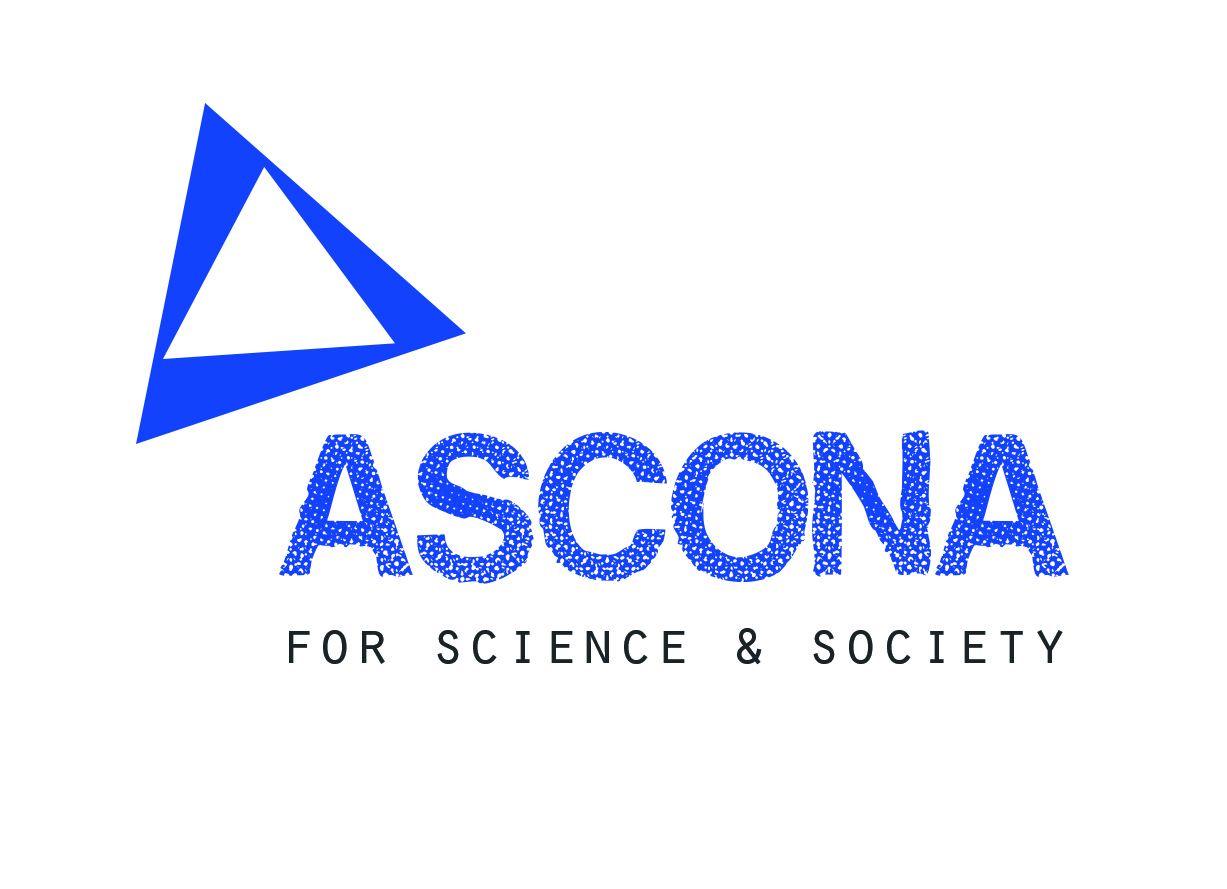HFML-FELIX combines strong magnets with free-electron lasers. With the super magnets in this laboratory you can create particularly strong continuous magnetic fields, about one million times as strong as the earth's magnetic field. You can use it to simulate weightlessness and conduct research which would have required you to fire a rocket until recently. The free-electron lasers provide far-infrared light of a very high intensity. As every substance reacts to this light in its own way, molecules and materials can be recognized quickly and precisely. Compare it to taking a fingerprint. This combination of continuous high-magnetic field and far-infrared light cannot be found anywhere else in the world. It offers researchers the opportunity to create extreme conditions under which they can discover completely new phenomena.
All things considered, HFML-FELIX meets the following crucial tick marks:
- It operates in the global top division of what such a facility can do.
- It is a source of scientific innovations, unique in the world.
- HFML-FELIX is a facility that is in demand by excellent international scientists of impeccable reputation.
- It is embedded in a European network of similar facilities, ensuring good communication and additional recognition of challenges and opportunities. HFML-FELIX is highly relevant for the axis Netherlands-Germany, both on a scientific and an administrative, political and economic level.
- HFML-FELIX is a national research facility. It is located in The Netherlands and has built its strong international reputation from there.
Moreover, HFML-FELIX brought home the Nobel Prize in Physics to the city of Nijmegen, the province of Gelderland and The Netherlands as a whole in 2010. It was for the discovery of graphene, arising from research in this Nijmegen facility.
Importance for city and province
The unique combined laboratory of HFML-FELIX – and its people - have great potential for the future of this region and The Netherlands. On a scientific level, this has long been clear, but it also applies to economics, society and politics. Being home to a facility such as this carries enormous prestige for the region. However, it is also a hidden treasure that deserves to be perpetuated. That indeed requires a very specific approach where you need a large number of regional parties working together towards that goal and reaping the benefits together as well.
--------
HFML-FELIX is a national facility, part of Radboud University Nijmegen and embedded in a scientifically excellent international landscape. For HFML, this includes the European EMFL (https://emfl.eu). FELIX is part of LEAPS (https://www.leaps-initiative.eu)..








